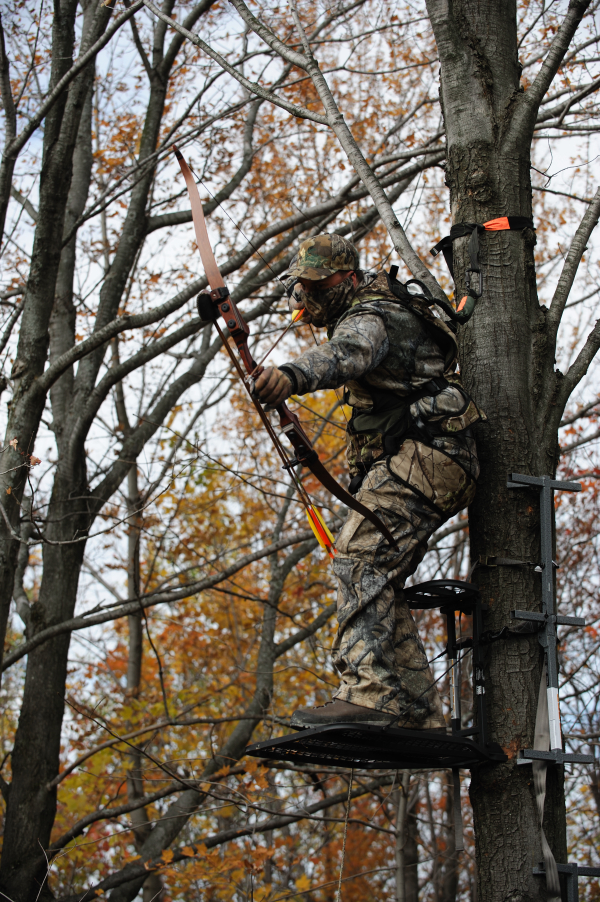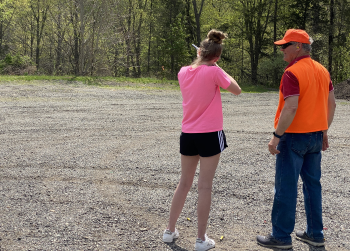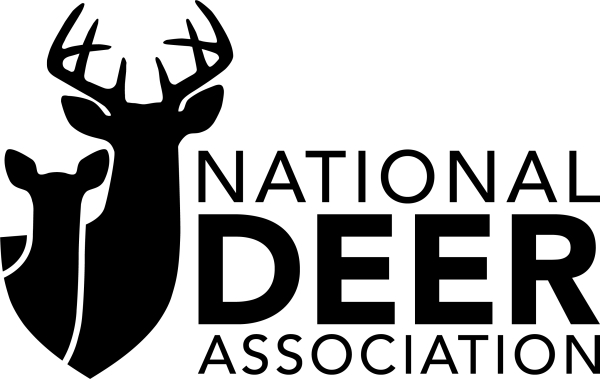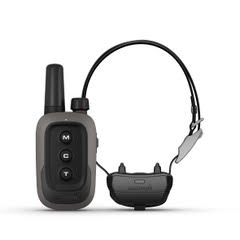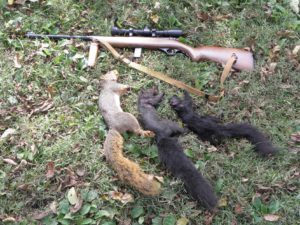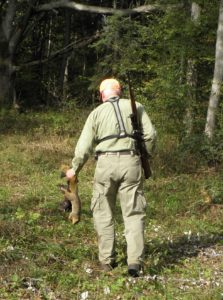Chad Stewart, deer, elk and moose management specialist
Upper Peninsula
The fear throughout the winter was that the long winter with plentiful snow would have an impact on the U.P. deer herd. Based on days with total snow on the ground exceeding 12 inches, it was determined that the winter of 2021 was severe. Fortunately, the fears seemed to exceed reality, and the deer seemed to fare well. While deer numbers remain low in many locations, overall harvest in the U.P. was up a little bit last year, and there is optimism that another minor increase will happen again this year, with the deer currently being observed this summer. To not sugar-coat anything, there will be places in the U.P. where deer densities remain low, and hunting efforts in some of these locations will prove extremely challenging.
Mast production, especially acorns, seems down this year compared to last year. While last year showed good productions from oaks, this year’s drought, coupled with the recency of last year’s heavier crop, seems to be limiting production.
Some hunters expressed concern last year about recently expanded antlerless harvest opportunities throughout much of the southern U.P. and the potential impact on harvest. While we only have one year of data available, it appears that while antlerless harvest did increase in many units, it never increased more than one antlerless deer per square mile in any unit, with most units only increasing their antlerless harvest by about one antlerless deer for every 3 to 4 square miles. There was quite a bit of variability in how this regulation affected management units, but it doesn’t appear to have a limiting population-level effect that some had feared, given the early returns. The same regulation structure is in place for 2022. As a reminder, for Deer Management Units 351 and 352, hunters will need an access permit as well as an antlerless license to participate in firearm antlerless deer hunting in either of those units. Hunters pursuing antlerless deer in the extreme southern part of the U.P. can simply purchase antlerless licenses and go hunting. As always, it’s best to consult our Hunting Digest for more information.
Northern Lower Peninsula
2021 was quite a year for deer hunters in the northern Lower Peninsula. Despite about a 10% dip in hunter efforts from 2020, the buck harvest increased by about 16%. Hunting should remain in good shape heading into the 2022 season. Winter mortality hasn’t really impacted the herd in the northern Lower for quite some time, and that trend seemed to continue during the winter of 2021. Deer came out of winter in great condition due to the mild weather, and that great condition has led to plentiful reports of does being seen with twin fawns in many areas.
Production of soft mast like native apples is doing well this summer. Hard mast production is looking good in several spots, though it’s worth noting that there are places still experiencing spongy moths, which have a negative impact on acorn production. If hunters come across any oaks producing acorns in early season, it’s sure to be an area with high deer traffic that can pay off with a successful hunting encounter.
A common theme echoed from reports out of this region is the skewed buck-to-doe ratio many are seeing. Improving this ratio through additional antlerless harvest can improve the number of bucks hunters see each fall, the timing and intensity of the rut, and even the age structure of bucks as efforts are transferred to antlerless deer. It can also help alleviate conflicts associated with high numbers of deer. If you are hunting in an area with a lot of does this year, consider taking an extra antlerless deer to help manage your deer herd. If you don’t have an immediate outlet for the venison, you can always share your harvest through Michigan Sportsmen Against Hunger. This program allows you to donate your deer to a participating processor, with the resulting venison being delivered to a local food pantry at no cost to the hunter.
Southern Lower Peninsula
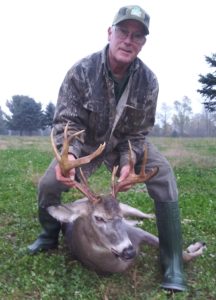
Glen Wunderlich’s Archery Deer in Shiawassee County 2021
“Steady, As She Goes” by the Raconteurs is the song title that best describes the year-to-year trends in the southern Lower Peninsula. Abundant deer throughout much of the region, with little yearly variation, is what typically defines the deer population in lower Michigan. For yet another year, the winter of 2021 didn’t seem to negatively impact deer in this region. In fact, the southern Lower Peninsula deer herd rarely experiences any overwinter mortality due to the abundance of summer food and the relatively mild winters. The summer of 2022 saw drought-like conditions throughout much of June and July. Despite this weather, crops seem to have withstood the conditions and are in great shape, which means there will continue to be plentiful food for deer throughout the fall. One concern in the region, especially during summers with drought, is the potential experience of epizootic hemorrhagic disease (EHD), which is far more likely to show up in an impactful way under dry conditions. At the time of writing this report, no cases have been identified, though we are entering the peak time when reports are most likely to come in.
Deer numbers can vary depending on where you are in the region, but in many locations, numbers are plentiful and with time in the field, most hunters should have opportunities to be successful this year.
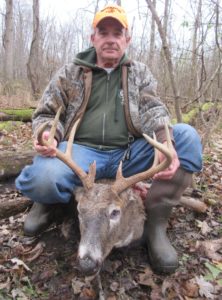
Joe Reynolds’ 2021 Archery Buck, Shiawassee County
Antler growth seems to be fairly average across the region compared to previous years, so while there are some great bucks to be had, if one doesn’t present itself while you are hunting, consider harvesting a doe this year and passing on younger bucks to try and help manage the herd. Your choices will pay off in the future.
The DNR is continuing to prioritize surveillance for chronic wasting disease in the southern Lower Peninsula. If you harvest a deer in a county where we are conducting surveillance, please consider dropping off your deer’s head at one of the collection stations in the link embedded in the message you receive when you report your harvest.



